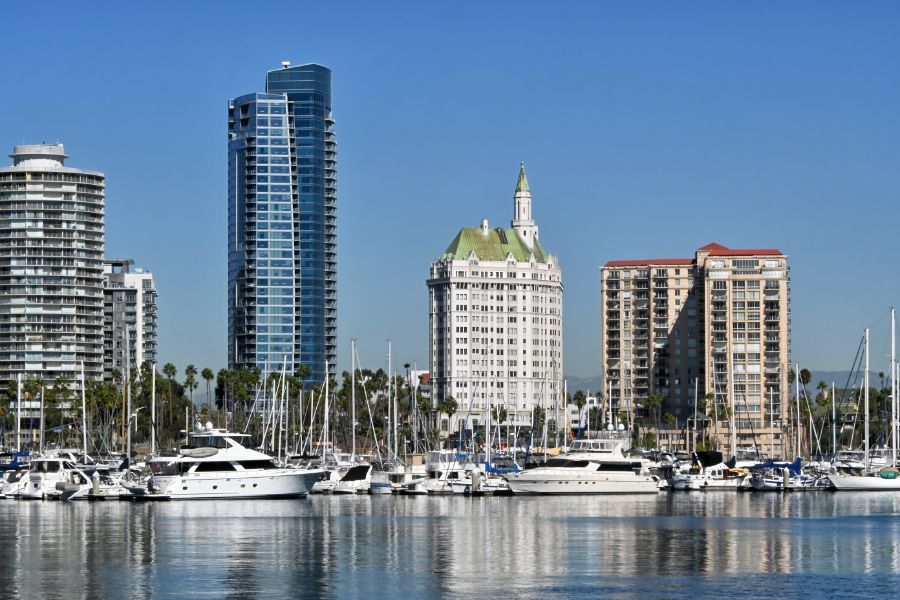3 Ways Marines Layers Can Cause Damage to Beach Rental Properties

Marine layers are cool, dense, and moisture-laden air masses that are oftentimes found near coastlines. This affects beach city properties far more than inland properties. While marine layers create an appealing climate in beach cities, they can also bring challenges for property maintenance.
Today, we’ll go over three different ways marine layers can cause damage to your beach rental property and how to prepare better for it.
Increased Moisture
Marine layers bring with them excess moisture. This excess moisture can oftentimes create ideal conditions for mold and mildew. It can also cause damage to drywall and cause wood to rot prematurely. This is especially true for particularly poorly ventilated areas. This can include rooms like bathrooms without fans, garages, or even kitchens without exhaust hoods.
Mold can spread on the inside of walls, attics, and other locations that aren't visible. This can cause costly damage if not remedied. Mold can also affect the health of your tenants who have allergies or respiratory issues. This can lead to a higher number of complaints. In severe cases, the rental property can be considered uninhabitable until the mold is dealt with. This can greatly affect rental desirability and tenant retention, which can negatively impact your monthly rental income.
Unanticipated Corrosion
Marine layers contain salt. Salt is well known to accelerate corrosion on metal surfaces, from door hardware like hinges and knobs to railings and outdoor furniture. The damage can be extensive as well as expensive. For rental properties near the beach, this issue can quickly get out of hand, as it can not only impact the aesthetics and curb appeal of the rental but also affect the functionality of the rental. For example, wood decks and fences are vulnerable to moisture in marine layers, which can lead the wood to warp or rot prematurely.
Over time, corrosion can weaken structures, which can pose safety risks and drive up maintenance costs if left unchecked. In order to mitigate some of the effects of the marine layers, it's a good idea to regularly treat metals with anti-corrosion products. Additionally, consider the use of corrosion-resistant materials such as denser plastics, powder-coated metals, or treated lumber.
Exterior of the Rental
Beach properties typically require exterior repainting and refinishing more often than inland properties in order to maintain a clean, attractive look. As previously mentioned, the marine layers can affect the exterior of the rental property as well. This typically is in the form of peeling and fading paint. Having constant exposure to moisture and salty air can quickly lead regular paint to deteriorate, which can negatively impact your rental property’s curb appeal. However, the added moisture, salinity, and sand can also shorten the lifespan of roof shingles, metal gutters, and HVAC units.
Be mindful of other outdoor systems, such as the electrical panel and water heater. Marine layers lead to condensation in outdoor fixtures and appliances. This can increase the risk of short circuits and, in the worst case, an electrical fire. This additional maintenance is generally accepted by investors, though it can be reduced by scheduling regular inspections and maintenance and the use of weather-resistant materials. During routine inspections,s be sure not to ignore outdoor seals around outlets and other electrical connections.
Preventative measures can greatly improve the longevity of your rental. It's a good idea to schedule
preventive maintenance strategies to mitigate marine layer damage. Doing this can not only protect your investment but also maintain a positive tenant relationship, which can ultimately result in a steady monthly income. If you need help protecting your rental from the marine layers or if you need help managing Beach City rental property, we invite you to call us today at (562) 888-0247 or complete our
Owner Application online.





